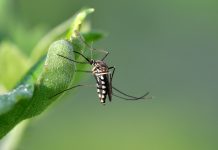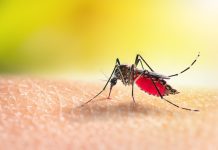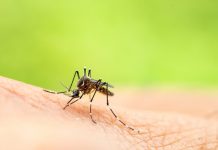Scientists say that 2°C of warming by 2070 could create 4,000 new animal viruses, which could become COVID-level outbreaks
The findings, published in Nature, suggest that climate change will be responsible for atleast 4,000 new animal viruses. These viruses will spread between animal populations, with a likelihood of jumping from animals to humans.
“When a Brazilian free-tailed bat makes it all the way to Appalachia, we should be invested in knowing what viruses are tagging along,” said lead author Colin Carlson, an assistant research professor at the Center for Global Health Science and Security at Georgetown University Medical Center.
“Trying to spot these host jumps in real-time is the only way we’ll be able to prevent this process from leading to more spillovers and more pandemics.”
They looked at 3,139 mammal species, under climate change and land use scenarios for the year 2070.
Will all 4,000 new animal viruses jump to humans, like COVID?
No.
The researchers emphasise that not every virus is likely to become a pandemic like COVID-19, but new animal viruses present opportunities for public health crises if they successfully jump to humans.
Bats, held responsible for the jump of COVID-19 into humans, are highlighted as the most likely species to “share viruses” that will result in “future emergence” in humans.
Scientists advise a collaborative approach to stop next virus-jump
The team also point out that the ecological transition to this level of new viruses is already happening. They say that keeping global warming under 2 °C within the century won’t have an impact on future virus-jumping.
The scientists behind the research urge tropical regions to pair viral surveillance with biodiversity surveys, to understand how animals are moving and what diseases they are likely to carry or create.
In previous research by a different team, scientists isolated which cities were most likely to experience the next big infectious disease outbreak.
They found that half of the world’s cities were hotspots for future pandemics.
Half of the world’s cities are likely hotspots for next pandemic
Dr Michael Walsh, lead author on the 2020 paper, emphasises that habitat conservation was key to survival, for both animal and human lives.
He said: “Given the overwhelming risk absorbed by so many of the world’s communities and the concurrent high-risk exposure of so many of our most connected cities, this is something that requires our collective prompt attention.”
Right now, it is common knowledge that zoonotic diseases are likely to spill-over into humanity, especially in highly-populated, biodiverse areas of the world. For infectious diseases specifically, the changing climate is key to how they survive and thrive.
While public health crises and climate change are global issues, they are most likely to impact Africa and Asia in terms of future disease outbreaks.
“We’re closer to predicting and preventing the next pandemic than ever,” said Carlson.











